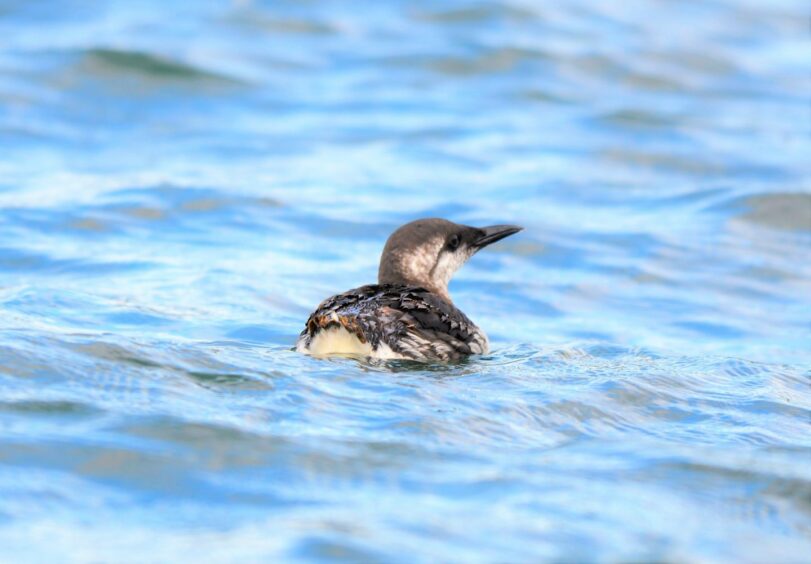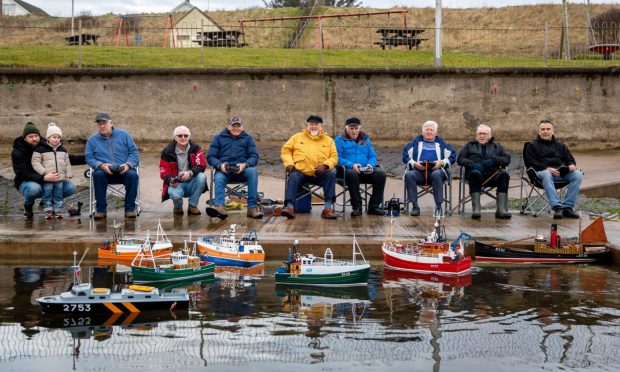Under the steady rhythm of our paddles, the kayak glided across the wind-ruffled water of the Firth of Forth near Aberdour in search of seabirds and other marine creatures.
Accompanied by Pete, a long-time friend from school, we soon spotted a guillemot and slowed the pace as we drifted towards it. The bird was surprisingly confiding, allowing us to approach close.
It was heartening to see this healthy guillemot, for this species and many other types of seabird have suffered a torrid time from the impact of Avian Flu.
The outbreak is now in its third year, and seabirds are being pushed to brink as the virus devastates colonies of species already recognised as needing urgent help, including kittiwakes – which are on the red list of conservation concern – and amber listed guillemots and tern species.
Paddling on, we rounded a small headland known as Bell Rock and beached the kayak on a rocky shore. With the plaintive calls of a nearby flock of curlews ringing in our ears, we donned our snorkel gear and plunged into the water.
Despite being quite far up the Firth of Forth, the water was surprisingly clear, and in rocky crevices, scarlet beadlet anemones shone like smouldering embers.
The tentacles of sea anemones contain stinging cells that are used to immobilise prey and for defence. When rock pooling, I can never resist the temptation to draw my finger over these tentacles, which are sticky to the touch, a sensation partially caused by the anemone firing stinging cells in response to the probing intrusion of a finger, although the stingers are not strong enough to penetrate the skin and be felt.
As we explored rock crannies, other creatures spotted included butterfish, shannies (a type of blenny) and feisty green shore crabs.
There were also numerous barnacles – which are often overlooked, even by those with more than a passing interest in nature. This is a pity, for barnacles are one of our most fascinating creatures.
They are resilient animals, which can withstand the rigours of storms and crashing waves without becoming dislodged from their holdfasts.
Barnacles could easily be mistaken for molluscs, but curiously, they are crustaceans and relatives of crabs, lobsters and prawns. The free-swimming larvae moult several times before sinking to a rock or other structure.
Once settled, they cement themselves to the substrate, and the newly rested barnacles moult once more, creating a final body structure of chalky fused plates, with a hatch-door opening at the top, from which its modified legs or ‘cirri’ repeatedly claw at the water like a grasping hand reaching out for tiny floating organisms.
Millions of barnacles can occur along a kilometre of typical rocky shore and they are one of our most ubiquitous seashore animals.
On the return journey, a head wind slowed the progress of the kayak, but buoyed by our marine wildlife encounters, we dug our paddles deep into the water, which hastened the way to our starting point at the busy beach at Silver Sands.
















Conversation